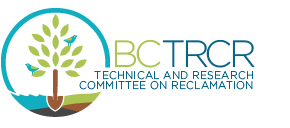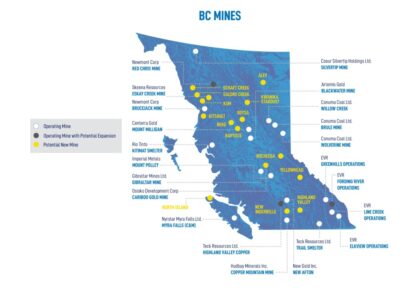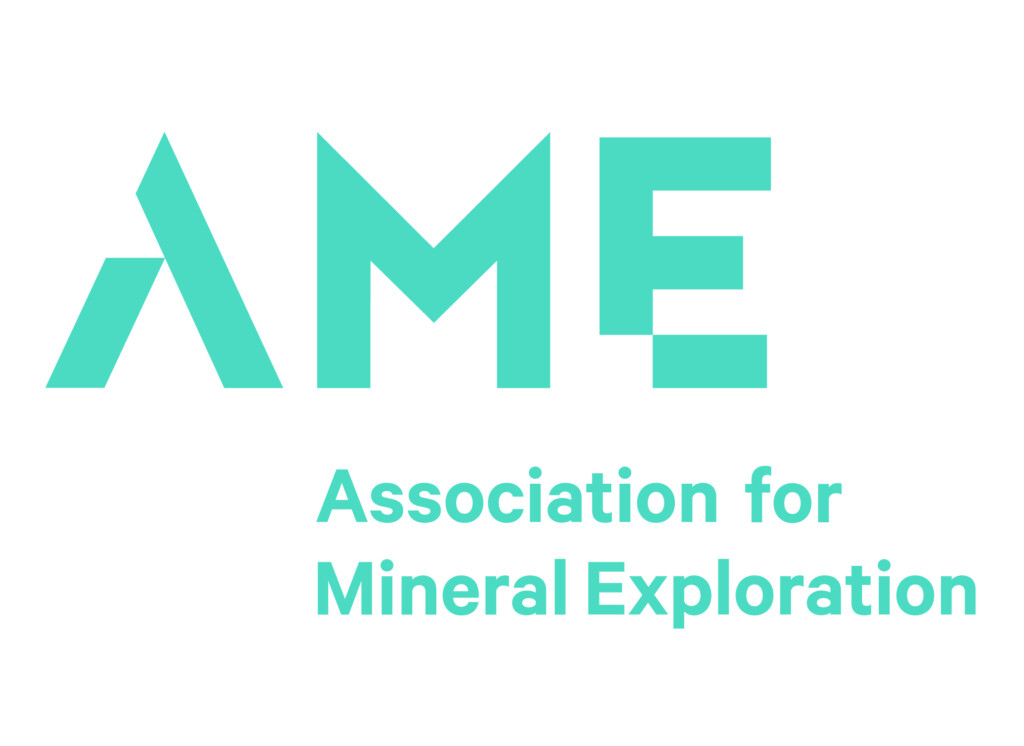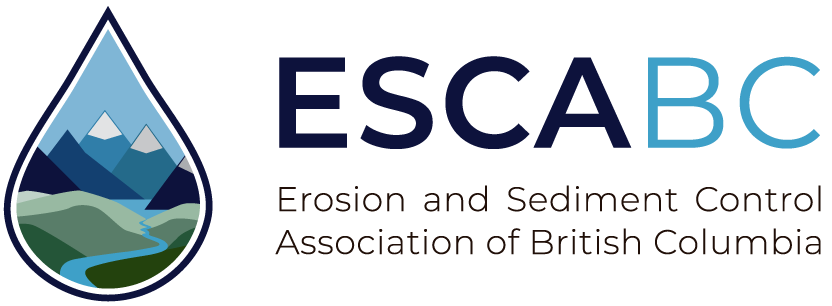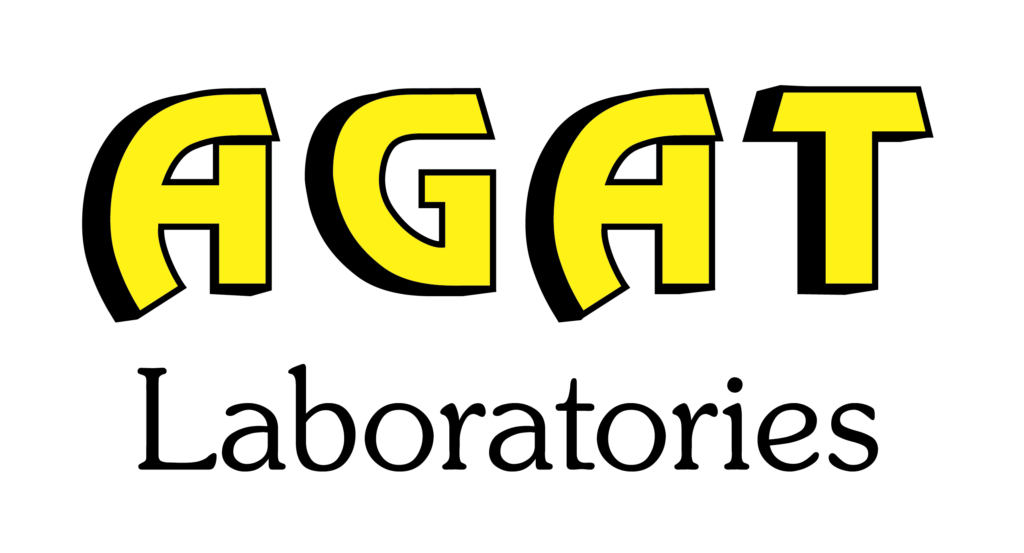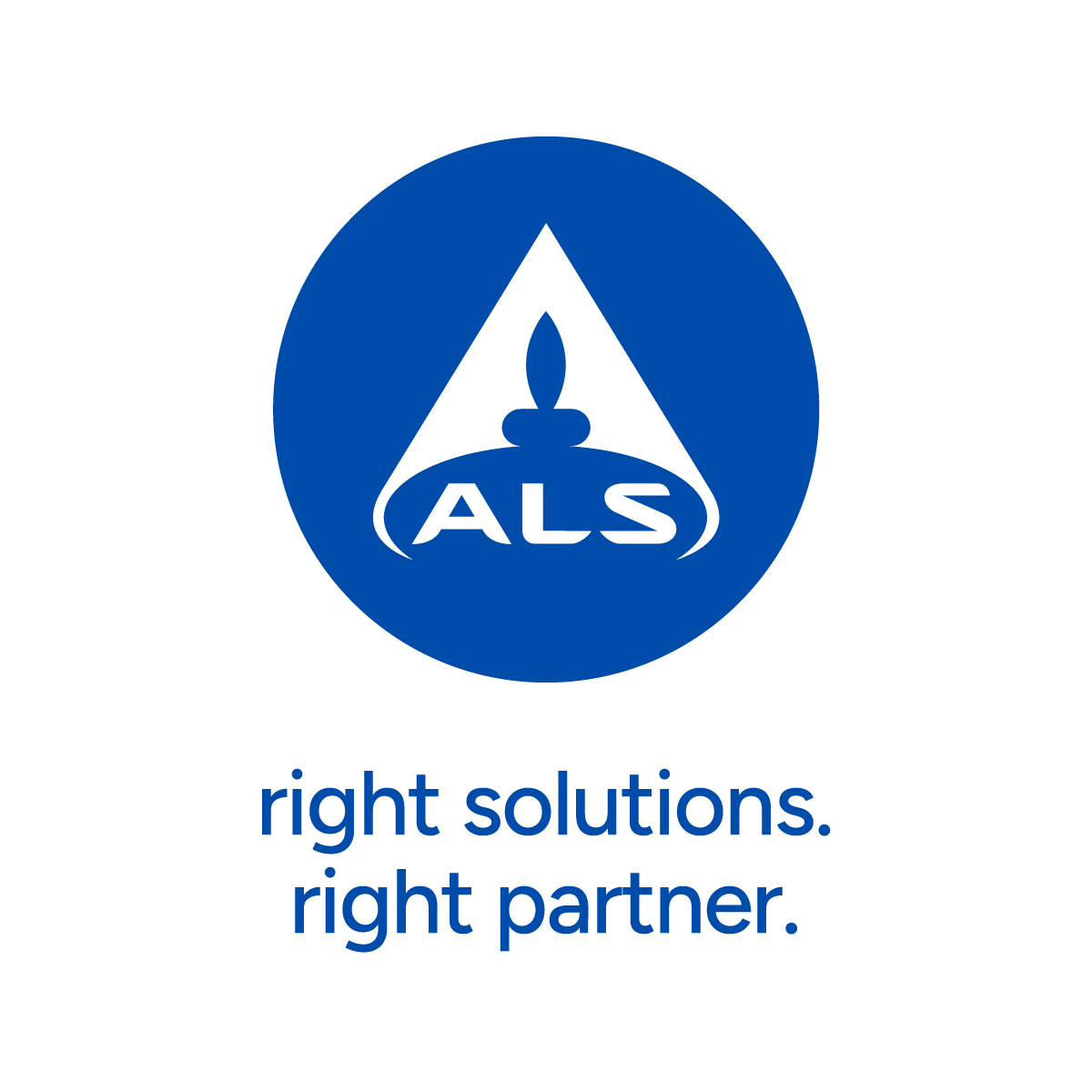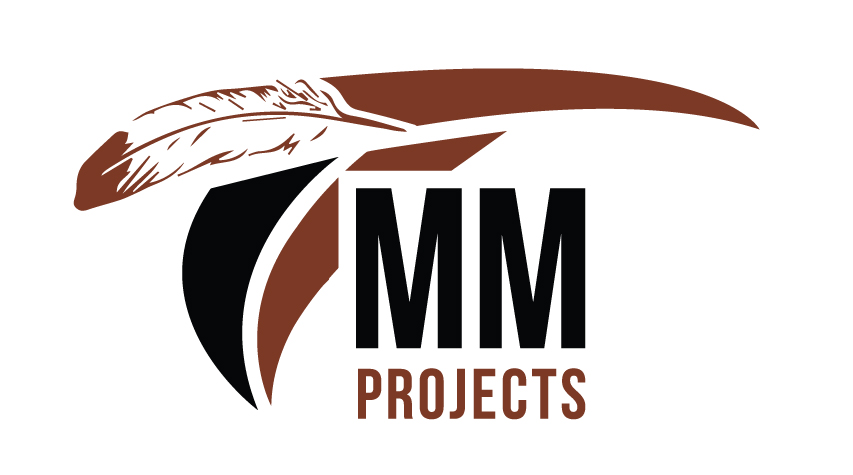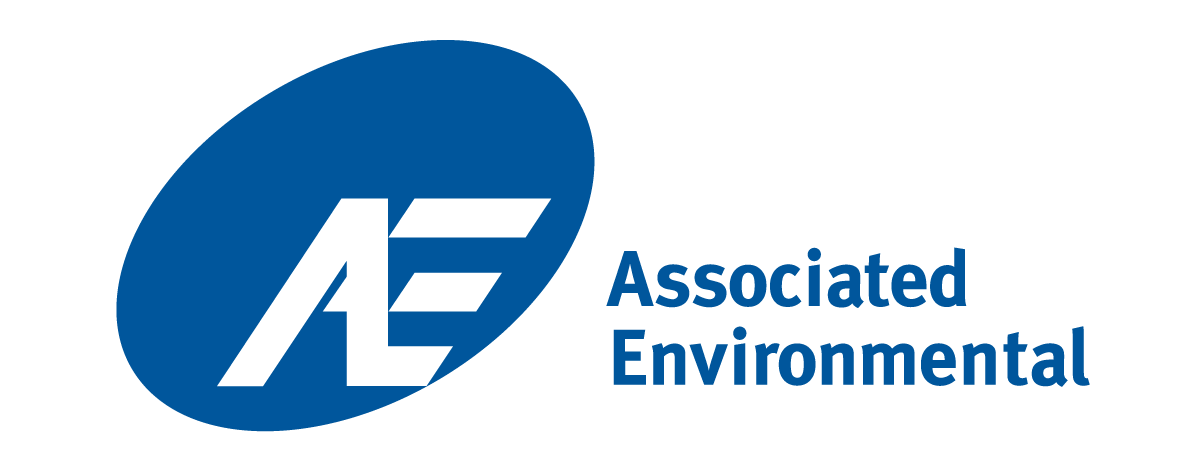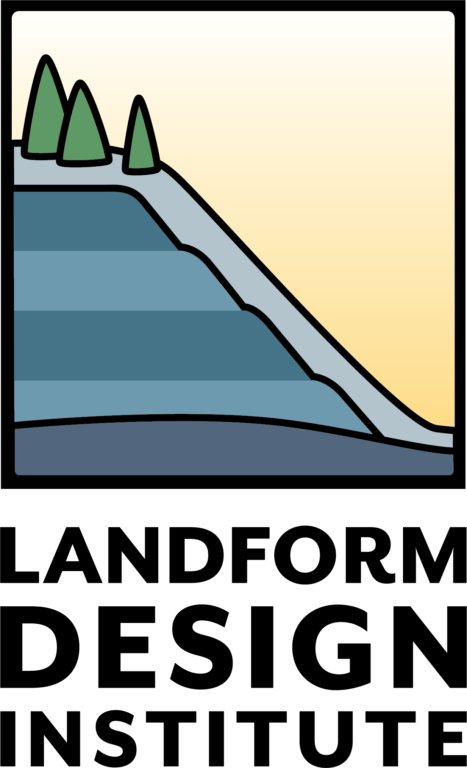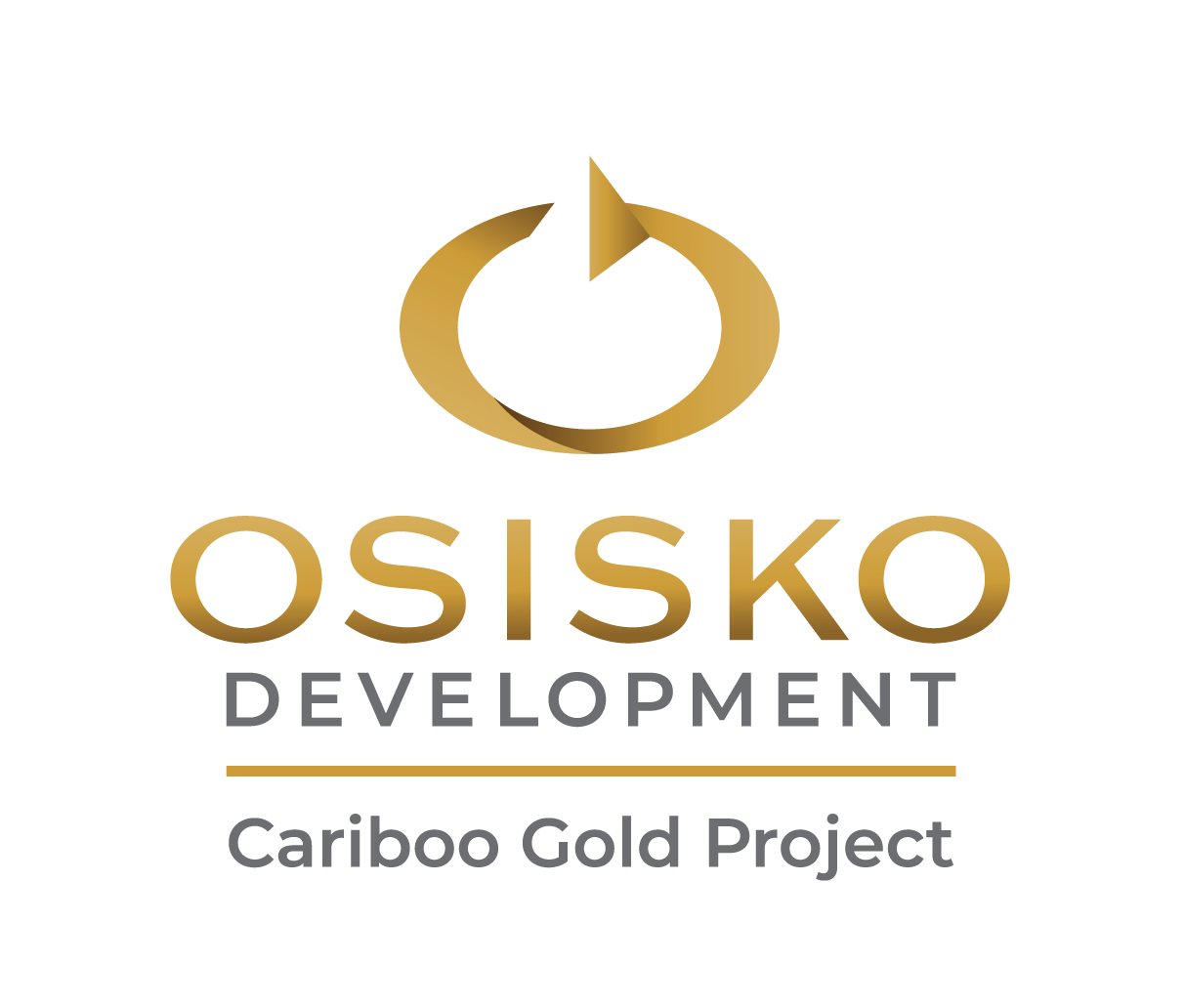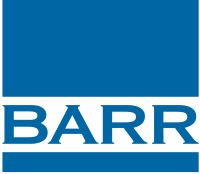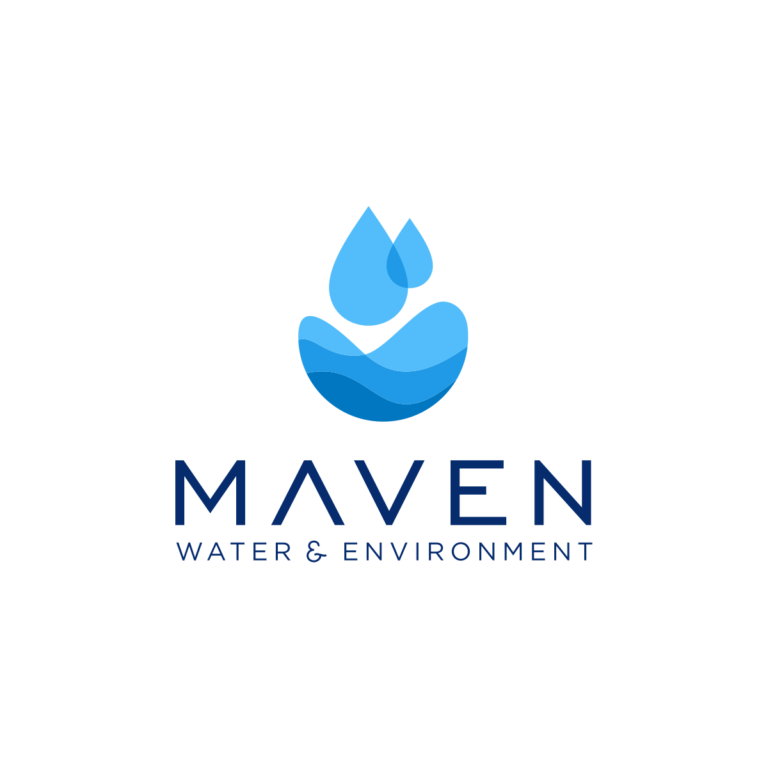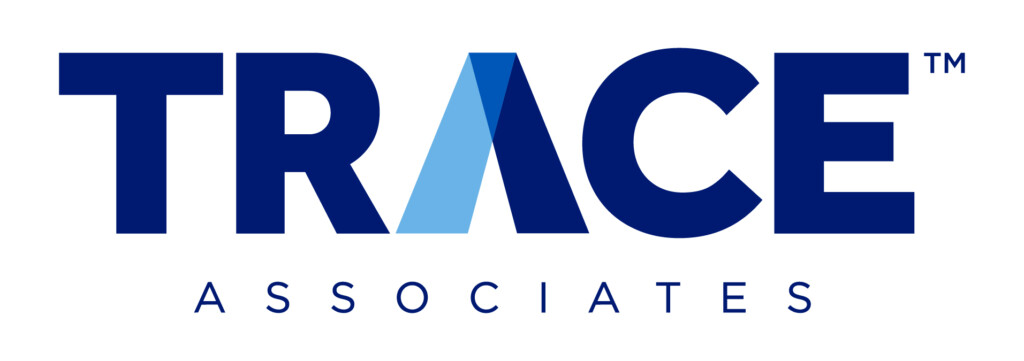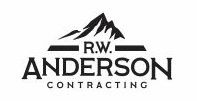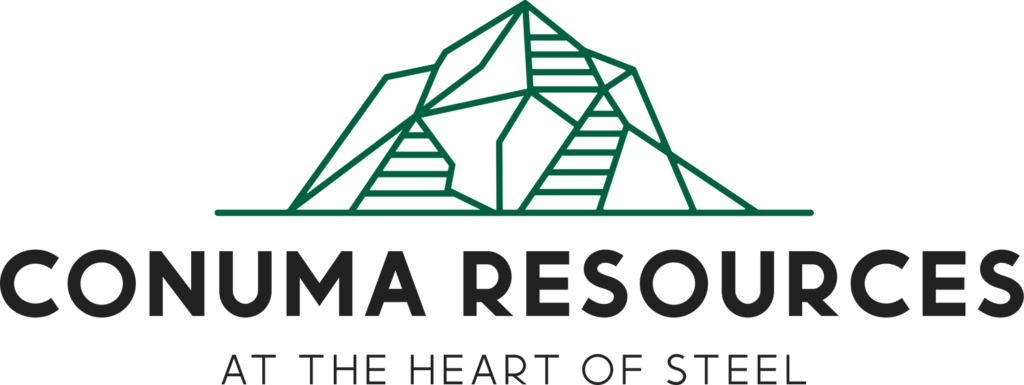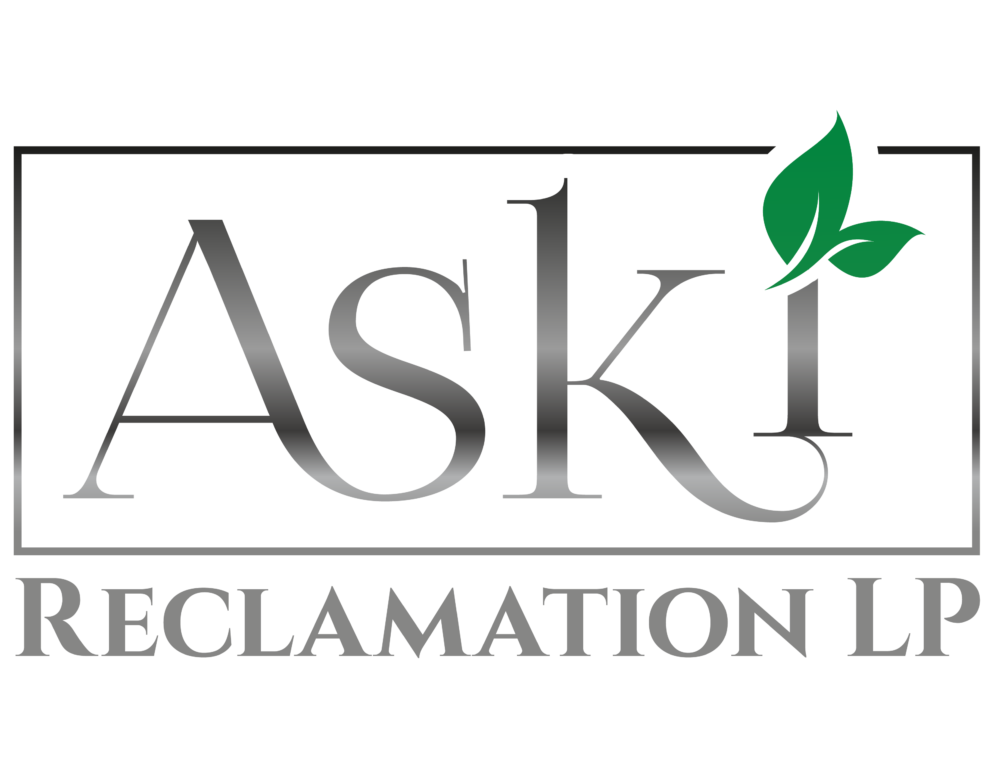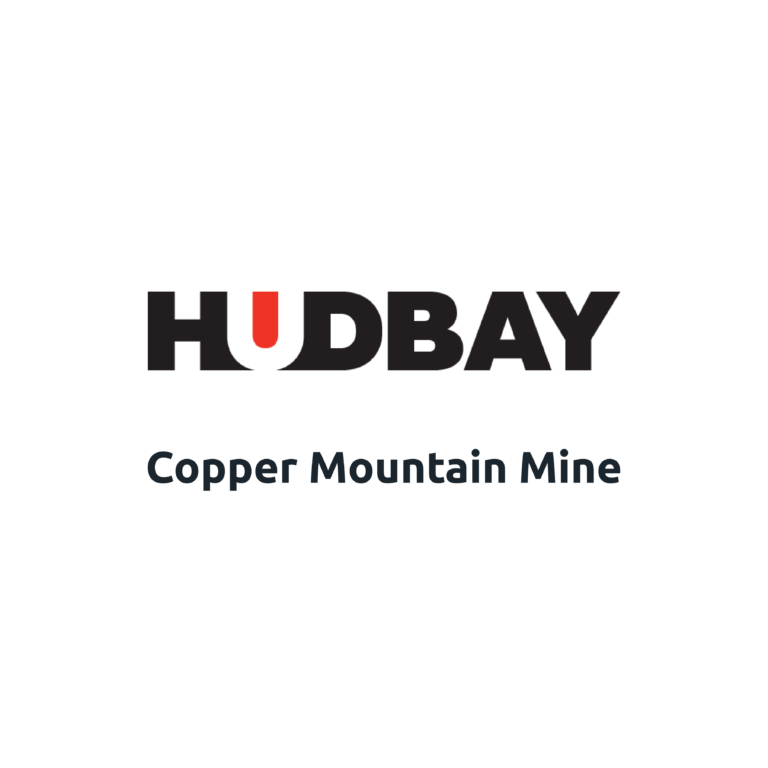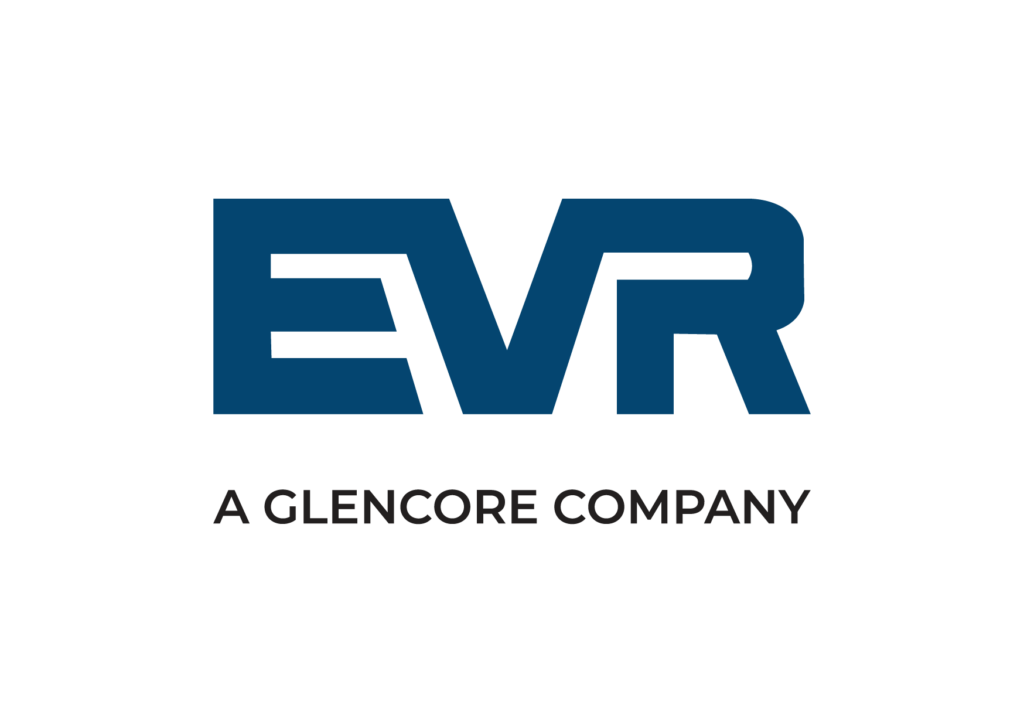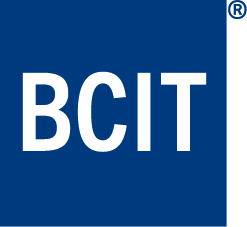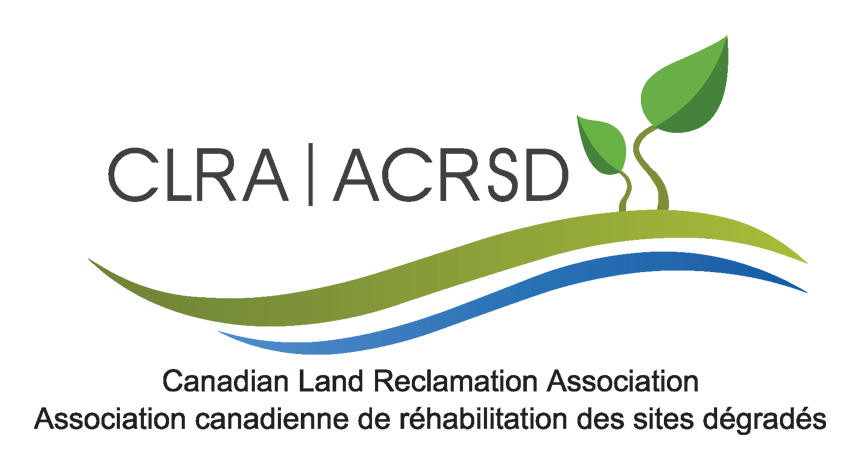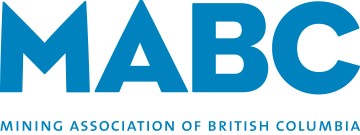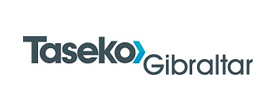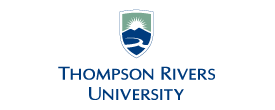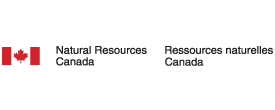History of Mining
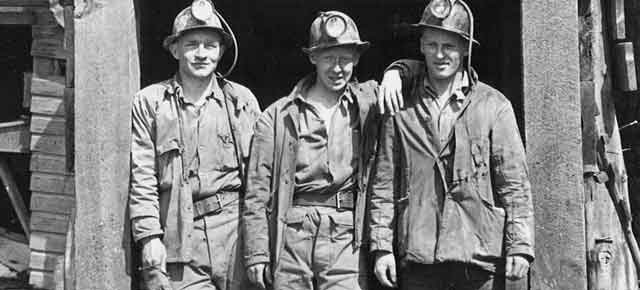
Beginning in the mid-1800s, with the coal mines on Vancouver Island and the placer gold camps of the Cariboo, British Columbia has become one of the world’s major mining regions. The province encompasses the largest part of the Canadian Cordillera, a mountain belt rich in minerals and coal. British Columbia is an important producer and exporter of copper, gold, silver, lead, zinc, molybdenum, coal and industrial minerals.
Mine Reclamation in BC
With the varied geology, vast mineral resources and mining history, many exploration programs and/or mines have been opened, operated and closed in this province. Since 1969, mining companies have been required by law to reclaim all lands disturbed by mining. British Columbia was one of the first jurisdictions in Canada to enact mine reclamation legislation, and the first to extend this policy to exploration sites. Since then the Provincial Government under the Ministry of Mining and Critical Minerals or other iterations of BC Mine Ministry names, has required that companies post a reclamation security bond prior to work (for mineral exploration and mining) at any site. This security helps ensure that reclamation can occur without taxpayer dollars and is returned to the company only once it has reclaimed the land.
Since the late 1960’s, approximately 45,412 hectares, or 0.05% of B.C.’s 95 million hectare land mass has been disturbed by major metal and coal mines. Of this, approximately 19,422 hectares (42%) has been reclaimed.
Prior to 1969 legislation, there were historical mine sites that may not have been reclaimed. Public and private reclamation efforts have been occurring on some sites with documented safety or environmental water quality impacts such as the Britannia mine and Mt. Washington. The Ministry of Mining and Critical Minerals under the Abandoned Mines Branch has undertaken remediation at historic mines sites across BC and remediation is either underway or completed. Two of these projects received Special Category Reclamation Awards for excellence in reclamation from the TRCR in 2009.
Each year the TRCR recognizes excellence in Mine Reclamation with its Jake McDonald Annual Reclamation Award and Category Reclamation Awards of Excellence. These awards are handed out annually to acknowledge outstanding achievement in mine reclamation in British Columbia. See the Awards page of the website for more information about the awards and past recipients.
Since 1977 (almost 50 years), the TRCR was been communicating the lessons learned in environmental protection, mine reclamation/closure, indigenous engagement and sustainability endeavours through this diverse group of Industry, Government, Academia (TRU, UBC, UNBC and BCIT), Associations (AME, MABC, and BCSSGA) and First Nations.
Modern Mining Industry
The BC Government has maps of current mines in BC at https://mines.nrs.gov.bc.ca/map.
As of 2025, there are 78 mines or projects in the province that are either in the early environmental assessment process or under closure reclamation and care and maintenance. In 2025, the number of operating mines and smelters was 20: 11 metal mines, seven steelmaking coal mines and two smelters. There are also 35 major industrial mineral mines including for sand and gravel, and numerous smaller mining operations throughout the province.
In addition to operating mines, there are many projects in the environmental assessment and/or permitting process. With the current mandate under the BC critical minerals strategy and plans to expedite Mines Act permitting primarily due to tariffs by President Trump enacted in early 2025, we should hope to see more of them. The Highway 37 power line into the northwest part of the province opened up new mining opportunities for the future, ushering in a ‘mining renaissance’ in B.C. This map from the BC Government indicates the location of the operating metal, industrial minerals and coal mines, proposed development projects and major exploration plays.
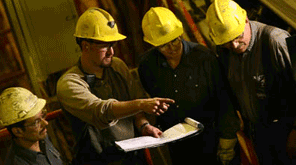
In 2022, the industry provided 35,000+ direct and indirect mining jobs.
Health and Safety are of paramount importance to the mining industry and the BC Mine Health, Safety and Reclamation Code is continually advancing these requirements to manage work at operating mines. WorkSafeBC continues to assess and post statistics for injuries occurring on the job and these show that the mining industry is the safest heavy industry in B.C.
The average annual mining salary in 2022 was over $139,000. The industry provided $18 billion in economic activity, a 40% increase from 2021. The mining supply chain has a major impact on businesses across various sectors and 200 communities from Vancouver to Smithers in the Northwest to Prince George in central BC, to Port Hardy on Vancouver Island and Trail in the West Kootenays, along with many others.
Mining contributes over one half of Canada’s overall port tonnage and rail-freight revenues. Vancouver is a global centre of mineral exploration and financing expertise.
The industry contributes $11.2 billion annually to B.C.’s gross domestic product (GDP). It pays $1.1 billion in taxes annually, including over $497 million in mineral taxes to the Province and since 2008, more than $465 million of mineral taxes have been shared with First Nations.
The mining sector is vital to British Columbia, and is at the core of communities throughout the province. Not only does it provide well-paying, family-supporting jobs that have sustained generations of British Columbians, it is a cornerstone of community development. Mining creates opportunities in urban and regional centres, as well as in local towns and communities across the province, often in partnership with First Nations.
In 2022, the BC mining supply chain was highlighted in the One Province One Economy report describing how the industry benefits and contributes to the province, our BC communities and First Nations. The map below provides a 2025 update to the BC mines contribution to communities.
Operating mines conduct continuous or progressive reclamation, and many aspects of reclamation and environmental protection at mine sites continue long after mine closure. Consequently, the majority of mine sites in B.C. that are undergoing closure reclamation and/or conducting measures to protect the environment are non-producing mines and are wholly funded by the company owners (not taxpayers).
Mining the Web
Websites administered by the British Columbia Geological Survey and Infomine provides the following information and more:
- Maps of operating mines and major exploration projects in BC
- Statistics regarding mining in BC
- Individual company contact information, including websites
- Mining and job opportunity news
- Mining Technology information including CostMine, CareerMine and Edumine all at https://www.glacierrig.com/infomine/
There is also online information about BC mines on the MineralsEd (Mineral Resources Education Program of BC), including this current map of metal, coal and industrial minerals operations.
